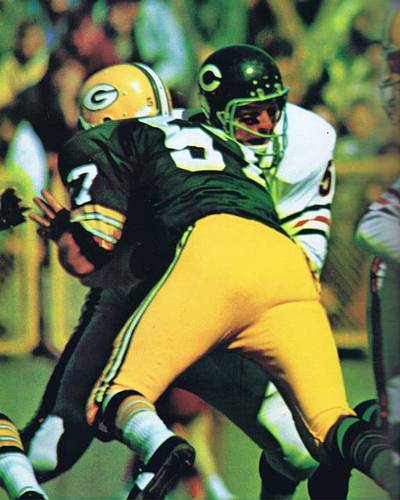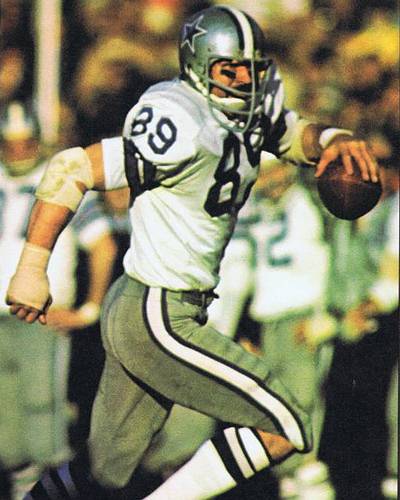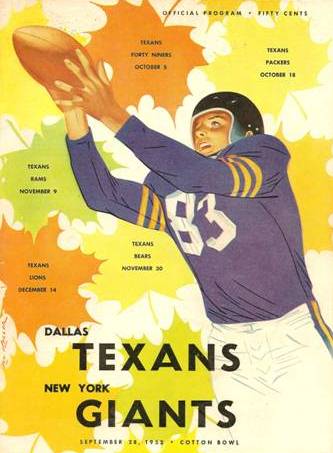

"Quality Of The Game and Butkus IV"
HELMET HUT NEWS/REFLECTIONS May 2012:
Quality of the Game and Butkus PART IV
By Dr. Ken
I believe that the point has been strongly made over the past few months’ columns, that the emphasis on basic fundamentals has been lacking in today’s game on both the professional and collegiate levels. I’ve used the great Dick Butkus as an obvious example of a player from a past era who entered the field of play, intent on doing things the correct way and doing them as well as he could possibly do them. His Hall of Fame level of success indicates that he in fact garnered the recognition he so richly deserved. Of course, this brings up yet another topic of controversy and conversation, one that could fill numerous books if it were not so politically incorrect to point out what I believe is obvious. I am a member of the Professional Football Researchers Association
[see their website at http://www.profootballresearchers.org/ ]. Many of the organization’s members are well known researchers and authors, and some perhaps not so well known but still extremely knowledgeable. The primary focus of the organization is the history of professional football, and be it statistical, anecdotal, or analytical the membership is passionate about the study and discussion of “everything” pro football related. Stating it far better than I could, PFRA Executive Director Ken Crippen described the organization as one “dedicated to research into and the preservation of the history of pro football.” The monthly Coffin Corner newsletter publication is filled with informative articles that are unpredictable, varied, and always interesting. One area of discussion that seems to attract a lot of attention is the voting for the Professional Football Hall Of Fame, certainly an expected subject of interest.
 |
Dick Butkus, Halls Of Fame, plural!
The organization also has what it aptly named The Hall Of Very Good which “seeks to honor outstanding players and coaches who are not in the (Pro Football) Hall of Fame and have been retired for at least 25 years.” A number of their Hall Of Very Good members later were in fact elected to the Pro Football Hall Of Fame including Floyd Little, Chris Hanburger, Bob Hayes, Carl Eller, and Bennie Friedman. With absolutely no disrespect intended towards some of the recent inductees of the Pro Football Hall Of Fame, I find it unfortunate that many members of the PFRA Hall Of Very Good are more deserving of induction to the “real” Hall Of Fame than some of those recent inductees. Our entire present day sports culture is statistics-driven and if one” has the stats” it is assumed that they are or were an excellent player. Inflated statistics or a very limited aspect of play that allowed for the generation of an impressive statistical achievement has catapulted some players into the Hall Of Fame when they were more deserving of entry to the Hall Of Very Good. Winning a championship of some kind is also a requisite it seems with some players or coaches who were “middle-of-the-road” guys for most of a lengthy career, being considered as Hall Of Fame worthy because they were part of a championship squad. As it is with much of our current culture, it has become more important to “look good than to do good,” even on the football field. When I think of a Hall Of Fame Player in any sport, I believe he (or she where applicable) should be a singular, special, player whose presence was absolutely indispensable to whatever success his team achieved. He should have stood head and shoulders above his peers in ability, on the effect his play and presence had on his teammates, serving as an example of a player whose on-the-field approach to the game and ultimate results, often not defined by statistics, made a positive difference in the game.
 |
Any and every football related Hall Of Fame should include Mike Ditka
Part of the problem is revealed if one can stand to listen to an extended period of sports-talk radio. The broadcast celebrities have no sense of history. “Long ago” to them is 1983. Even in New York City which should be the epicenter of accurate, media disseminated information, they have no clue. On one of the most popular mid-morning shows, the two bombastic hosts were screeching at the New York Giants for wearing a red alternate home jersey. They frequently made a reference to “red not even being more than a trim color” because “the Giants color is blue, they’re the Big Blue.” Of course every true Giants fan should know, just as a sports reporting “expert” should know, that the Giants did in fact utilize red as their primary home jersey until and into the 1953 season, and thus the red made perfect sense as an alternate jersey and would have in any season. Worse was a segment of the NFL Network’s Top 100 Players. The network is owned and operated by the National Football League. One would assume that they have access to every fact and figure related to NFL history. Presenting their own program, on their own network would cry out for everything, especially the most basic of facts, being correct. Yet, when their segment on Gino Marchetti came on, I howled because they very clearly stated that this great player was, in 1952, a member of the Baltimore Colts.
 |